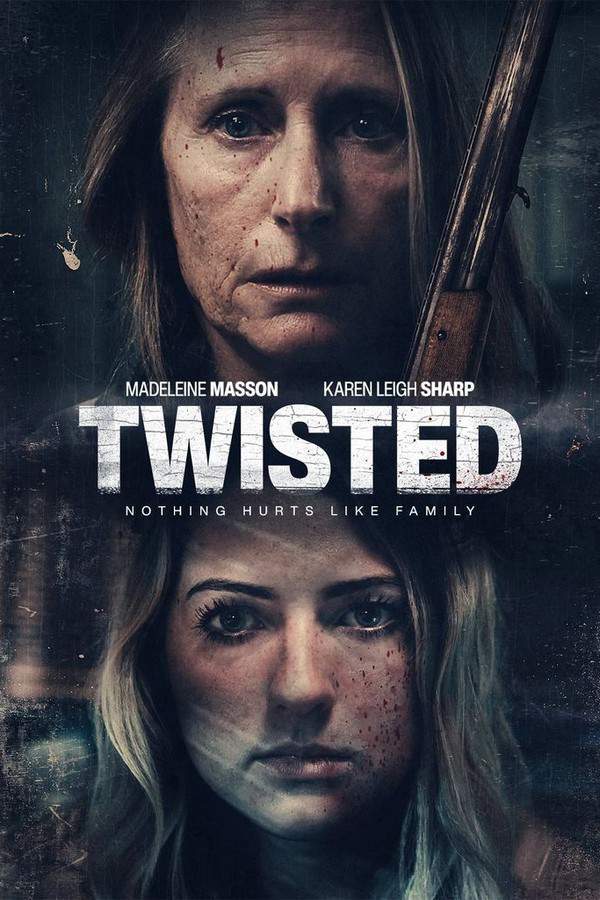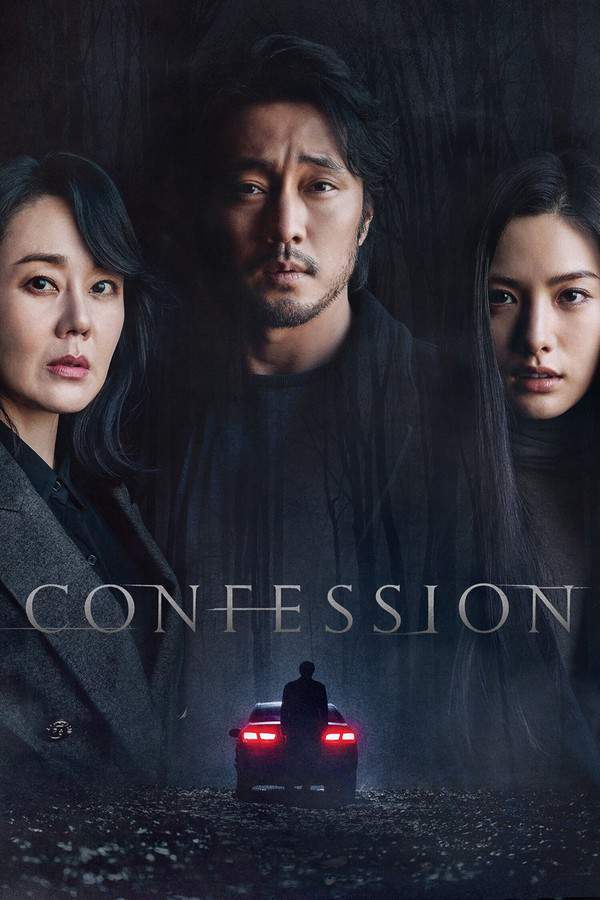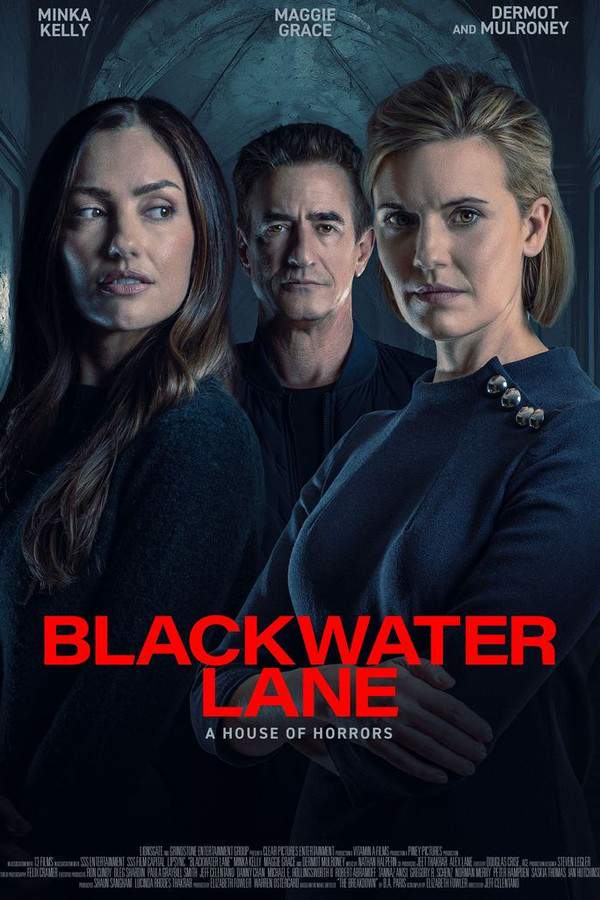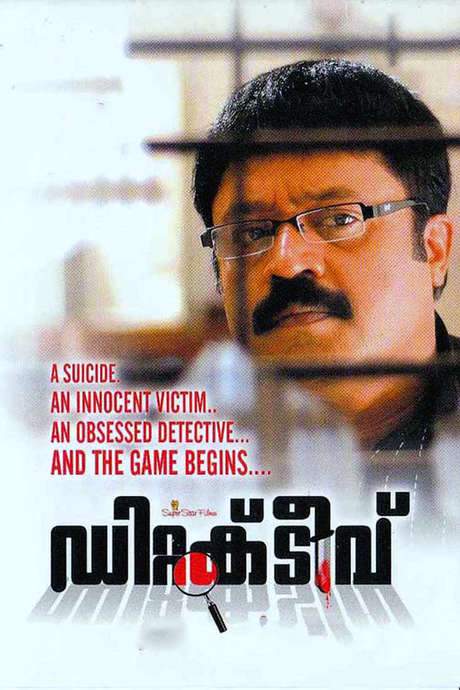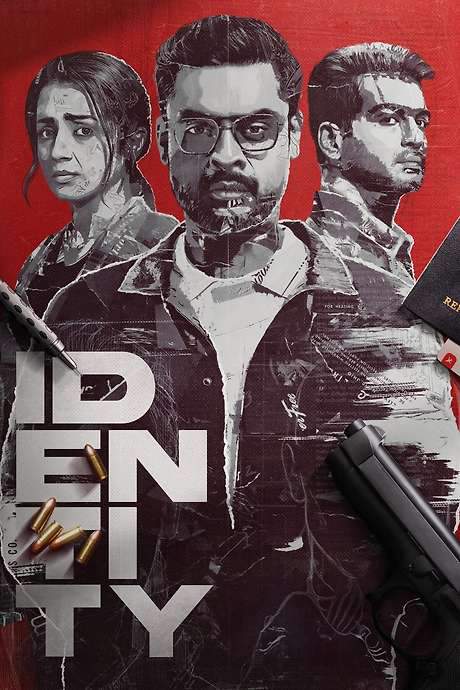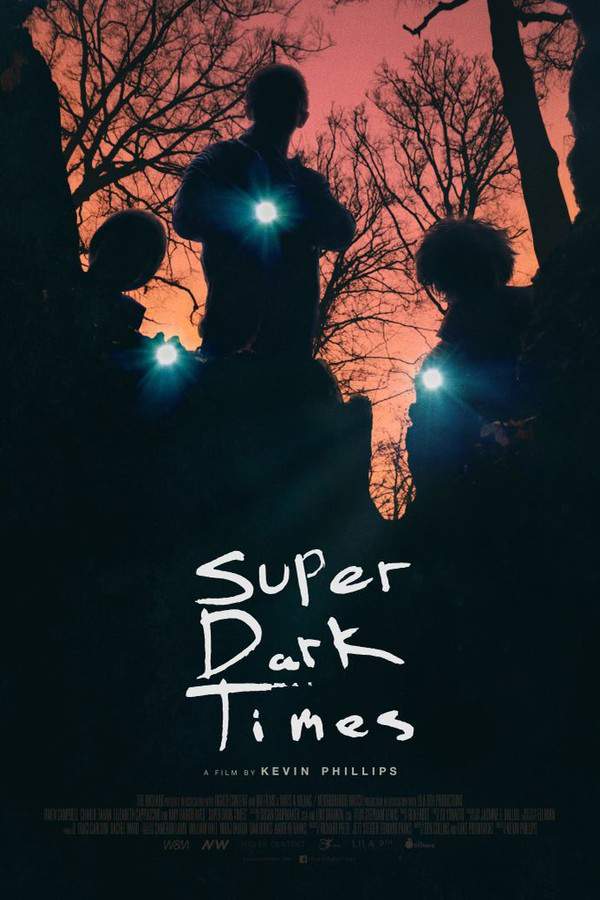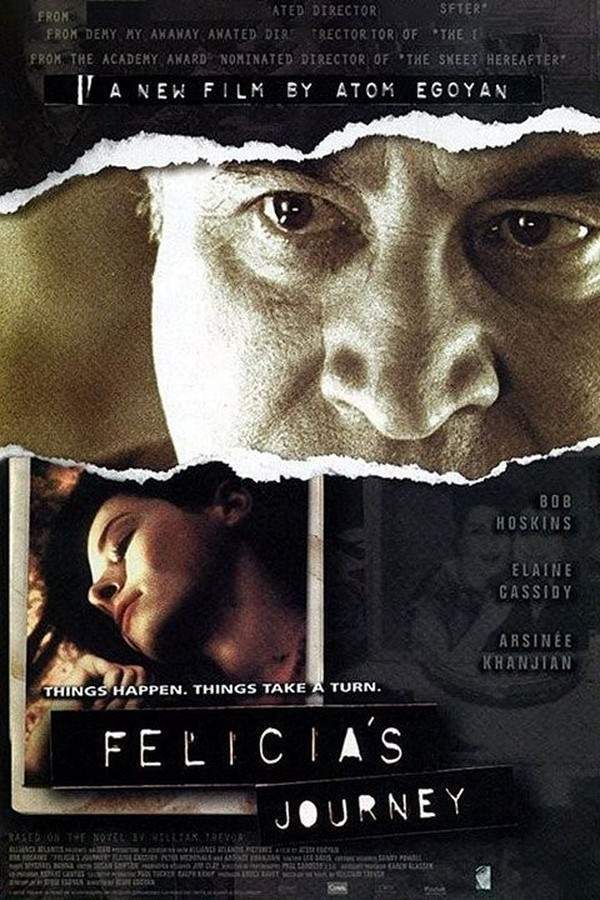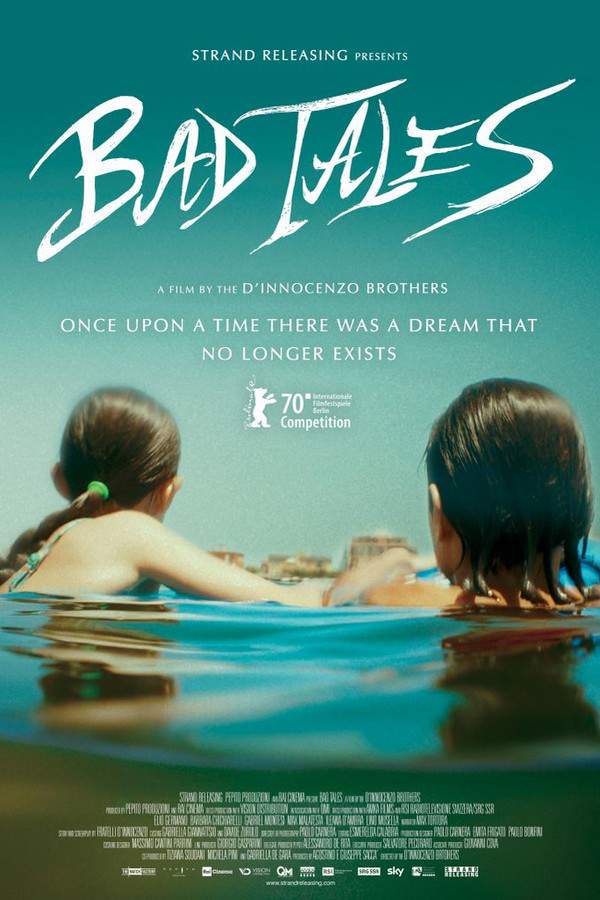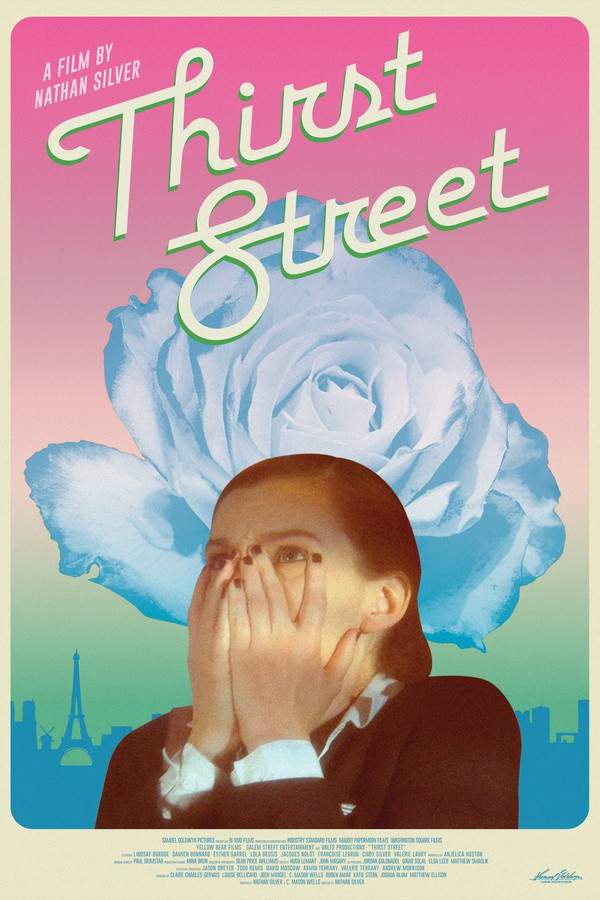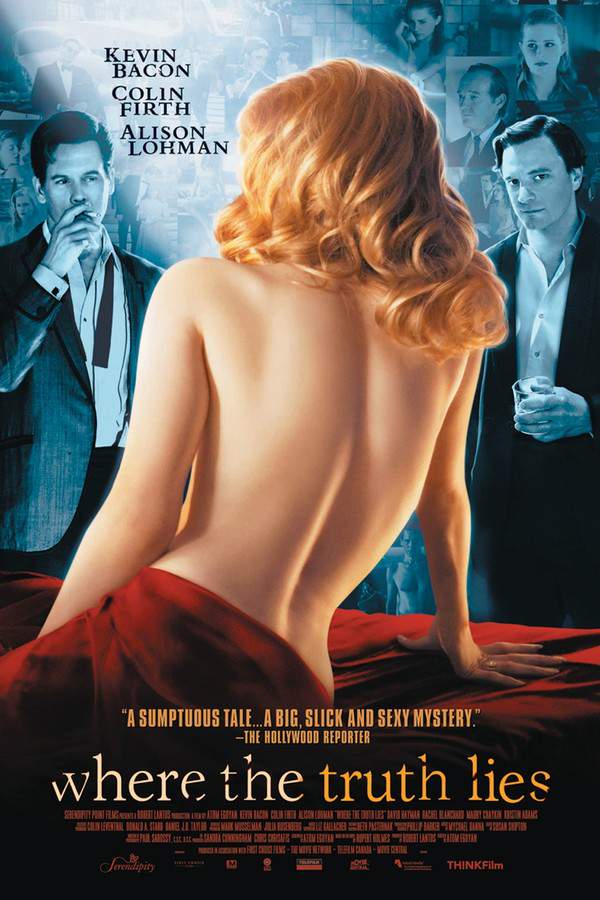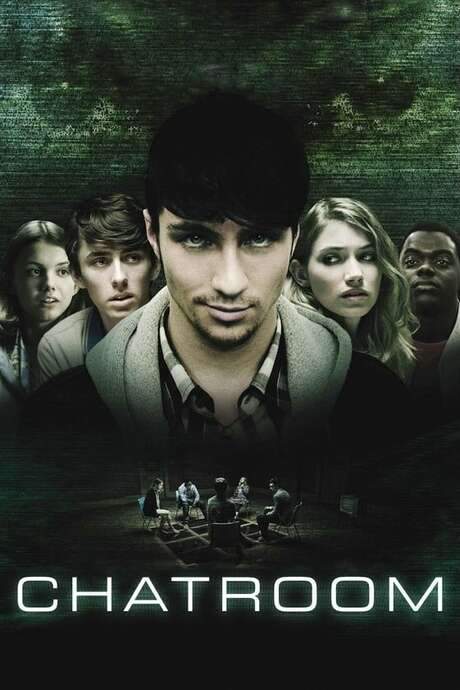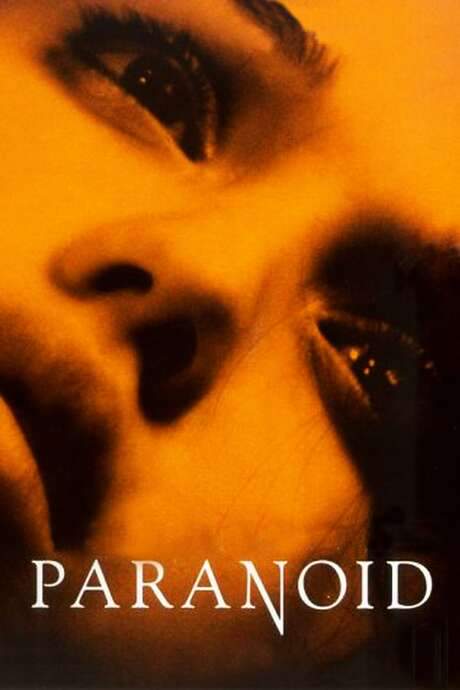
Social Suicide
Year: 2015
Runtime: 92 mins
Language: English
Director: Bruce Webb
This investigative thriller explores the pressures of seeking online attention. Inspired by Romeo and Juliet, the story follows two teenagers whose relationship unravels amidst the pursuit of internet fame. As their situation escalates, law enforcement delves into their social media history, attempting to understand the events leading to a tragic outcome and prevent further harm.
Warning: spoilers below!
Haven’t seen Social Suicide yet? This summary contains major spoilers. Bookmark the page, watch the movie, and come back for the full breakdown. If you're ready, scroll on and relive the story!
Social Suicide (2015) – Full Plot Summary & Ending Explained
Read the complete plot breakdown of Social Suicide (2015), including all key story events, major twists, and the ending explained in detail. Discover what really happened—and what it all means.
A group of teenage friends chase internet fame by posting their daily videos online, hoping to ride the wave of viral recognition that dominates their lives. The core circle centers on Balthazar, an obsessive presence who always carries a camera, chasing virality as a way to manage his anxiety and simmering anger. He is joined by Reese, who is secretly in love with Julia Coulson, and by Marc and Ty, two of Julia’s younger allies who help keep the content machine rolling. Alongside them is [Julia Coulson], a bright, ambitious creator who is pulled into shared projects with both Reese and her cousin [Ty], driving a dynamic that mixes camaraderie with competitive tension. The group’s creator persona is a shield and a trap, blurring lines between friendship, romance, and the relentless push for online attention. The social fabric around them is reinforced by a broader world of viewers, comments, and perceptions, where popularity can feel like a currency that buys belonging but also exacts a heavy toll.
As the story unfolds, the film shifts toward a darker investigation when two of the teens, Marc and Ty, are found dead. The crisis triggers a police interrogation led by Detective Dalton and a specialized team including IT experts and a psychologist, Laurence Emerson. The investigators zero in on Balthazar as their primary suspect, drawn by his compulsive need to document everything and his visible pattern of anxiety and guarded behavior. From the outset, he seems frightened and confused to the psychologist, but suspiciously evasive to Detective Dalton, who senses a story that doesn’t add up. The investigation becomes a tense chess game as Balthazar’s memories, lies, and partial truths intersect with the investigators’ need to assemble a coherent account of what happened that night.
The tension within the police investigation is sharpened by the personal dimension: Detective Dalton’s own life is entangled with her teenage daughter’s pursuit of online fame, a factor that colors her views on the suspects and intensifies her impatience for a clear resolution. This backstory adds a layer of emotional friction to the pursuit of truth, and it fuels a sense that personal biases and family pressures can distort the pursuit of justice. Throughout, Balthazar’s narrative is repeatedly challenged as the psychologist and detectives work to separate what is sincere from what is performative, what is fear from what is deception, and what is truth from what is edited or staged for a dramatic effect a teenager might want to capture for their audience.
A crucial piece of this puzzle is a single, pivotal object: a memory card that purports to contain the true version of the night’s events. Filmed by Balthazar, the memory card becomes the prime evidence that could vindicate or condemn him, depending on how convincingly the footage aligns with the testimonies and the fragmented memories each participant can offer. The film meticulously examines how memory, perception, and the pressure to produce compelling content can distort reality, forcing the detectives to scrutinize every frame, every gesture, and every offhand remark in search of an authentic truth that has not been filtered for views or likes. The memory card acts as a mirror and a window, showing the raw, unfiltered moments behind the glossy persona the group presents to their audience, and it becomes clear that the truth may be messier and more unsettling than anyone anticipated.
As the investigation unfolds, the teenagers emerge as deeply troubled individuals: many lack stable family connections and grapple with loneliness, insecurity, and a sense of social exile. Decisions are made in the rush of adrenaline, peer pressure, and the ever-present lure of online consequences. The film emphasizes how fragile emotional anchors can be for youths who are navigating adolescence in a hyperconnected world where a single video can redefine a life, for better or for worse. Throughout these discoveries, the film keeps its focus on the psychology of fame, showing how the constant pursuit of attention can erode boundaries, ethics, and a sense of responsibility toward others.
The psychological dimension is a steady undercurrent in the narrative. Emerson, the employed psychologist, remains a steady, if sometimes conflicted, voice of reason for Balthazar, attempting to guide him toward safer, more grounded forms of engagement with the real world. Yet Balthazar remains stubbornly fixated on creating the next video that can yield one million views, a fixation that ultimately reinforces the film’s message about the dangers of a life ruled by numbers rather than relationships. Even as Detective Dalton processes her own frustrations and uses the memory card as the key to deciphering the truth, it is the collision between the lure of internet fame and the very human need for connection that drives the emotional core of the story.
As the truth comes into sharper focus, the film presents a stark portrait of a generation shaped by digital culture. The narrative does not shy away from the consequences of a life spent pursuing online validation: strained family ties, risky choices, and the sense that the line between private and public life has become dangerously permeable. The resolution hinges on the memory card’s revealing footage, which reframes the night’s events and challenges every character to confront the costs of their online personas. The detectives’ pursuit of proof is not merely about solving a mystery; it is about understanding how a community of young people can drift away from empathy, accountability, and real-world engagement when the screen becomes a more inviting stage than the people around them.
In the end, the film leaves the audience with a contemplative, if unsettling, look at teenage life in the age of ubiquitous video sharing. It underscores how easily parental attention and emotional closeness can shape or distort a young person’s choices, and it points to the importance of meaningful, in-person connection as a shield against the emptiness that fame-seeking can induce. The story remains anchored in the interplay between performance and reality, inviting viewers to question what truly defines a life worth recording—and what consequences arise when the pursuit of popular approval eclipses care, honesty, and community.
Notes on cast and references:
-
Julia Coulson
-
Balthazar
-
Reese
-
Marc
-
Ty
-
Detective Dalton
-
Laurence Emerson
-
Mr. Coulson
-
Mrs. Coulson
-
Rozi
-
Hughie
-
Doctor
Last Updated: October 09, 2025 at 16:02
Explore Movie Threads
Discover curated groups of movies connected by mood, themes, and story style. Browse collections built around emotion, atmosphere, and narrative focus to easily find films that match what you feel like watching right now.
Investigative Thrillers with Psychological Depth like Social Suicide
Investigations that uncover the dark psychology behind a tragic event.For viewers who liked the investigative structure of Social Suicide. This section features movies like it, where a crime or tragic event prompts a deep psychological probe. Similar thriller stories use the search for truth to explore complex characters and unsettling themes of performance and reality.
Narrative Summary
Stories in this thread typically unfold through an investigation—be it legal, journalistic, or personal—that serves as a vehicle to explore a character's or group's psychological unraveling. The plot is driven by the steady reveal of evidence and testimony, constantly challenging perceptions of truth and motive, often leading to a sobering conclusion.
Why These Movies?
Movies are grouped here because they share a core structure of an inquiry paired with intense psychological exploration. They create a specific kind of tension that is both intellectual (solving the puzzle) and emotional (understanding the people), resulting in a heavy, thought-provoking experience.
Movies About the Dangers of Social Media Like Social Suicide
Thrillers where the pursuit of online fame leads to dark consequences.If you were captivated by Social Suicide's stark look at internet fame and its tragic costs, explore these similar movies. This collection features tense dramas and thrillers about teenage relationships, online exploitation, and the heavy psychological toll of living for likes and views.
Narrative Summary
The narrative pattern involves characters, often teenagers, becoming consumed by their online personas. The initial thrill of attention gives way to anxiety, isolation, and often dangerous behavior. The story escalates the tension between their curated digital life and crumbling reality, frequently involving a tragic event that forces a reckoning.
Why These Movies?
These films are united by their critical focus on the psychological impact of social media and digital culture. They share a specific modern anxiety, a melancholic and tense mood, and a thematic exploration of how the quest for online validation can lead to real-world devastation.
Unlock the Full Story of Social Suicide
Don't stop at just watching — explore Social Suicide in full detail. From the complete plot summary and scene-by-scene timeline to character breakdowns, thematic analysis, and a deep dive into the ending — every page helps you truly understand what Social Suicide is all about. Plus, discover what's next after the movie.
Social Suicide Timeline
Track the full timeline of Social Suicide with every major event arranged chronologically. Perfect for decoding non-linear storytelling, flashbacks, or parallel narratives with a clear scene-by-scene breakdown.

Characters, Settings & Themes in Social Suicide
Discover the characters, locations, and core themes that shape Social Suicide. Get insights into symbolic elements, setting significance, and deeper narrative meaning — ideal for thematic analysis and movie breakdowns.

Social Suicide Spoiler-Free Summary
Get a quick, spoiler-free overview of Social Suicide that covers the main plot points and key details without revealing any major twists or spoilers. Perfect for those who want to know what to expect before diving in.

More About Social Suicide
Visit What's After the Movie to explore more about Social Suicide: box office results, cast and crew info, production details, post-credit scenes, and external links — all in one place for movie fans and researchers.




